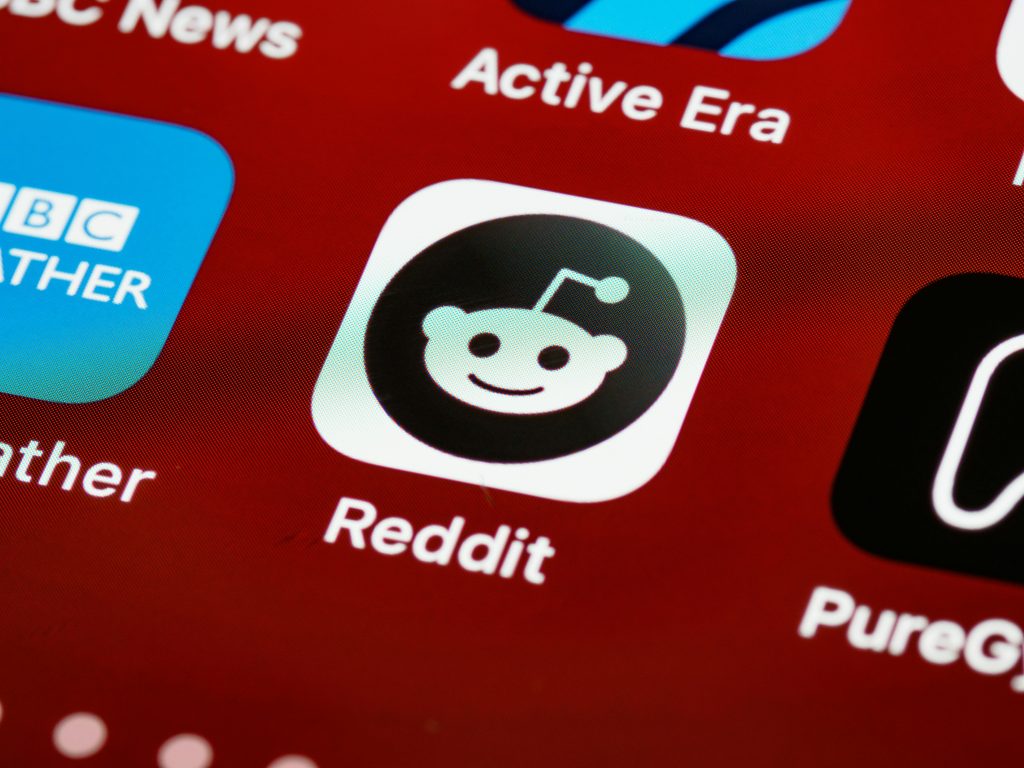Certainly! Here’s a professional, compassionately written WordPress blog article based on the provided Reddit post:
Recovering Precious Memories: How to Retrieve Photos from a Failing USB Flash Drive
Losing irreplaceable memories can be devastating, especially when those files include cherished photographs and videos of loved ones. If you find yourself in a situation where your USB flash drive is behaving unpredictably and contains vital personal media — such as photographs of a recently passed family member — it’s natural to seek solutions to recover these invaluable files.
In this article, we’ll explore practical steps and options to help you recover data from a problematic USB flash drive, while also providing guidance on how to proceed if traditional methods fall short.
Understanding the Problem
Imagine this scenario: You have a Kingston USB flash drive that initially stored your media files after your computer was nearing the end of its life. The drive worked fine for a while, but after trying to transfer files to another computer, it suddenly becomes unreliable. It appears on some systems but disappears shortly after, making it impossible to access or transfer your photos and videos.
This erratic behavior — where the drive is temporarily accessible but then disappears — is often caused by hardware issues, corrupted file systems, or logical errors within the drive itself. Given the significance of the data—especially photographs of a loved one who recently passed away—it’s crucial to approach recovery carefully and thoroughly.
Challenges in Data Recovery from a Failing Drive
Recovering files from a faulty USB drive presents unique challenges:
- Intermittent Connectivity: The drive appears visible initially but then disconnects, making it difficult for recovery software to detect or access data.
- Hardware Failure: Physical damage or wear can prevent the drive from functioning reliably.
- File System Corruption: Logical errors could render the drive unreadable or inconsistent.
It is important to understand that conventional recovery software typically requires the drive to be consistently accessible. When the device disconnects or becomes unrecognized, these tools cannot function effectively.
Practical Steps You Can Take
-
Try Different Ports and Systems
Since the drive appears on multiple systems (Windows, Mac, even a TV), attempt to connect it using various USB ports and cables. Sometimes, port-specific issues can be resolved with a different connection. -
Check Disk Management or Disk Utility
- On Windows: Use “Disk Management” to see if the drive appears and to check its status.
- On Mac:
Share this content:


